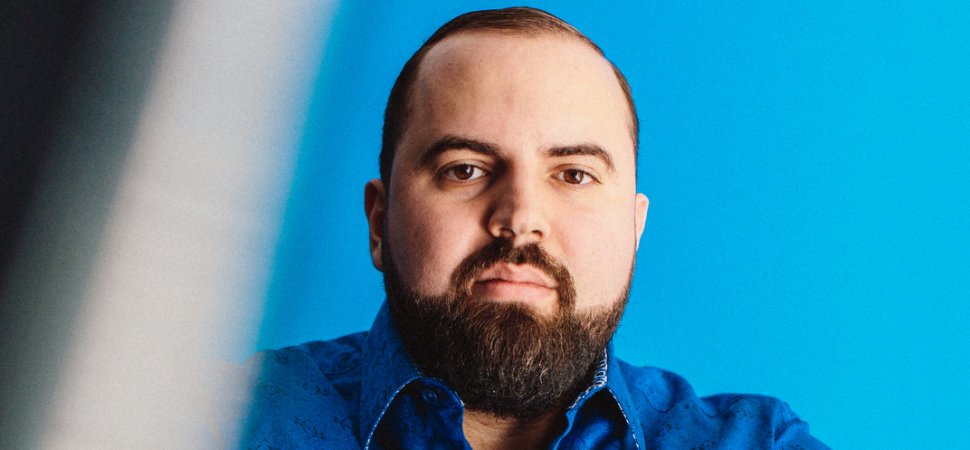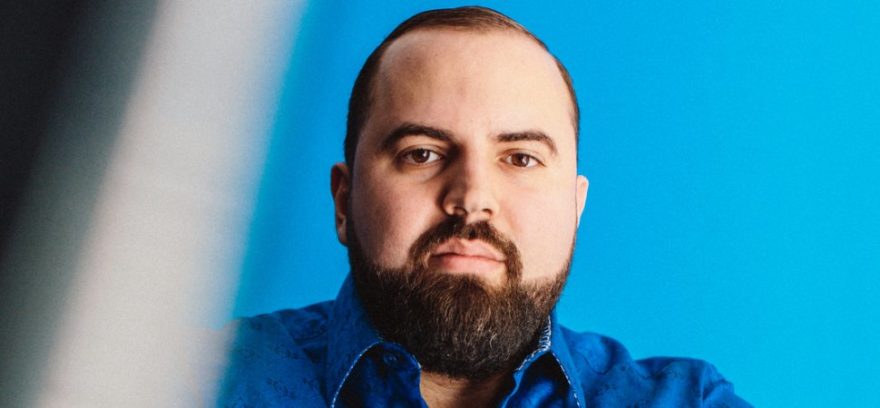En 2013, un trader, nommé Michael Coscia, utilisant les transactions à haute fréquence a été arrêté dans le New Jersey pour une activité appelée « spoofing » – cela consiste à manipuler le marché en inondant les systèmes de requêtes sans intention de les réaliser. Il a été condamné à une amende de 6 millions $ – avec une peine de prison en sursis. Ce cas est le premier de poursuites rendues possibles en vertu de nouvelles dispositions issues de la réforme bancaire, datant de 2010, appelé loi Dodd-Frank.
Ce moment fut une révélation pour David Widerhorn, 28 ans : il lui est apparut comme une évidence de fonder Neurensic. Basée à Chicago, son entreprise utilise l’intelligence artificielle pour repérer des anomalies dans des contrats à terme à haute fréquence trading.
In 2013, a high-frequency trader named Michael Coscia was arrested in New Jersey for an activity called « spoofing »–essentially manipulating the market by flooding trading systems with future orders he had no intention of completing. He was fined $6 million–with the possibility of jail time. It was the first such prosecution under a new set of financial regulations from the 2010 banking reform law called the Dodd-Frank Act.That was an aha! moment for David Widerhorn, 28, and it became his reason for founding Neurensic. Based in Chicago, his company uses artificial intelligence to spot anomalies in high-frequency futures trading.
La suite, ici : How This Artificial Intelligence Startup Polices Shady Wall Street Traders | Inc.com





 Ecko Magazine
Ecko Magazine 











